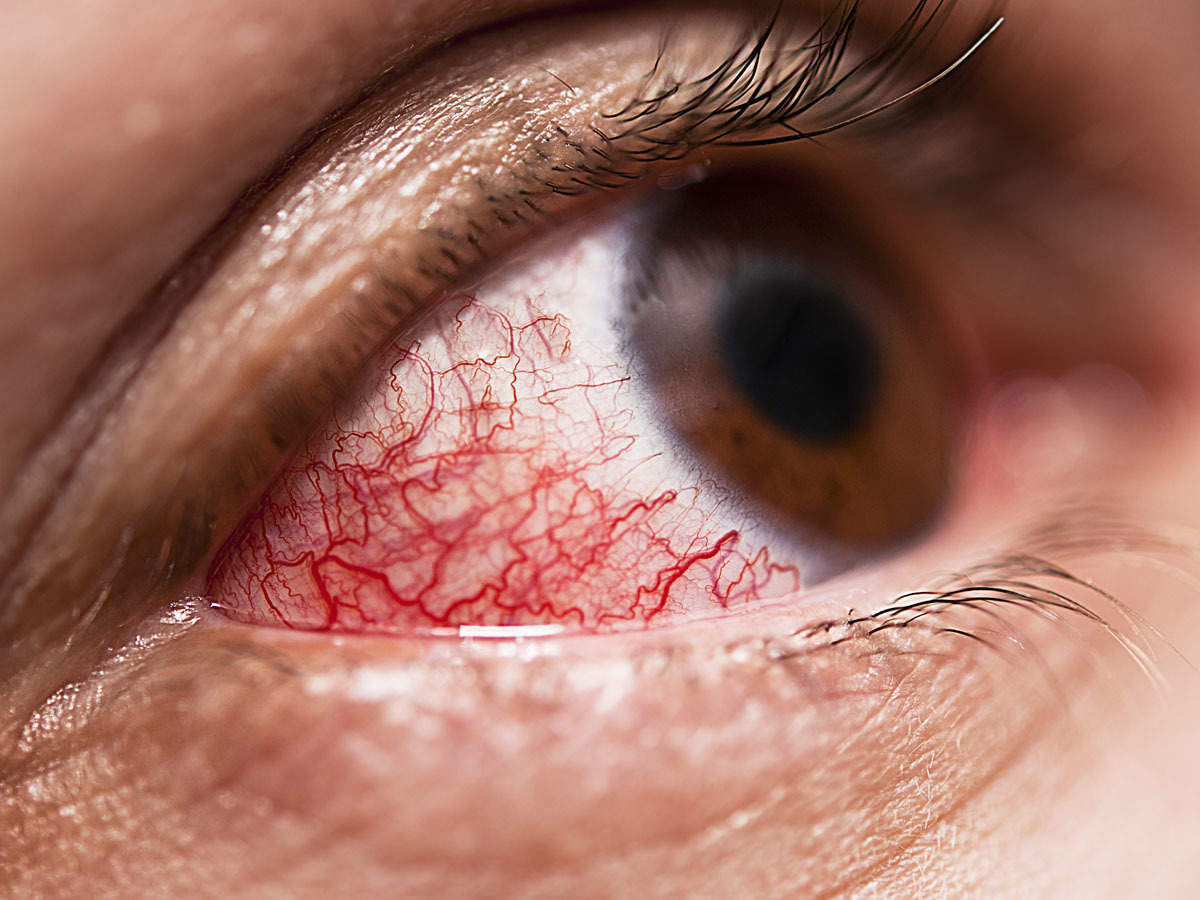Diabetes and Eye Health: A Comprehensive Guide to Prevention and Treatment
Diabetes is a chronic disease that affects millions of people worldwide. The condition occurs when the body can’t produce enough insulin or can’t use the insulin it produces effectively. This results in high blood sugar levels, which can damage various organs, including the eyes. In fact, diabetic eye disease is a leading cause of blindness in adults.
In this article, we’ll discuss how diabetes can affect your eyes, what steps you can take to prevent eye damage, and how to manage any eye-related complications that may arise.
How Diabetes Affects the Eyes:
Diabetes can affect the eyes in several ways. High blood sugar levels can damage the blood vessels in the retina, the light-sensitive tissue at the back of the eye. This damage is known as diabetic retinopathy, and it can lead to vision loss or even blindness if left untreated.
Diabetes can also cause cataracts, a clouding of the eye’s natural lens that can lead to blurry vision. People with diabetes are at a higher risk of developing cataracts at a younger age than those without the condition.
Another eye condition that can affect people with diabetes is glaucoma, a group of eye diseases that damage the optic nerve and can cause vision loss. People with diabetes are twice as likely to develop glaucoma as those without the condition.
Prevention of Eye Damage:
Preventing eye damage starts with controlling your blood sugar levels. High blood sugar levels can damage the blood vessels in the retina, leading to diabetic retinopathy. You should monitor your blood sugar levels regularly and take the necessary steps to keep them within a healthy range.
Other lifestyle changes that can help prevent eye damage include maintaining a healthy weight, eating a balanced diet, exercising regularly, and not smoking. These changes can help reduce your risk of developing diabetes-related complications, including those that affect the eyes.
Regular Eye Exams:
Regular eye exams are crucial for people with diabetes. These exams can help detect eye problems early, when they are most treatable. You should have a dilated eye exam at least once a year, or more often if your doctor recommends it.
During a dilated eye exam, your eye doctor will use eye drops to dilate your pupils, allowing them to examine the back of your eye more closely. They will look for signs of diabetic retinopathy, cataracts, and other eye conditions that can affect people with diabetes.
Managing Eye-Related Complications:
If you develop an eye-related complication due to diabetes, there are several
treatment options available. The type of treatment you receive will depend on the severity of your condition.
For mild cases of diabetic retinopathy, your eye doctor may recommend monitoring your condition and making lifestyle changes, such as controlling your blood sugar levels, eating a healthy diet, and exercising regularly. In some cases, they may also prescribe medication to help slow the progression of the disease.
For more severe cases of diabetic retinopathy, your eye doctor may recommend laser treatment or surgery. Laser treatment involves using a laser to destroy the abnormal blood vessels in the retina, while surgery involves removing the affected part of the retina.
Cataracts can be treated with surgery, which involves removing the cloudy lens and replacing it with an artificial one. This procedure is typically safe and effective, and most people experience improved vision after surgery.
For glaucoma, treatment typically involves eye drops or surgery to lower intraocular pressure, the pressure inside the eye. This can help prevent further damage to the optic nerve and preserve your vision.

Pingback: Eating Smart, Living Well: Unlocking the Secrets to Diabetes Control - Today Health Tip
Pingback: Type 1 Diabetes: Understanding the Basics, Symptoms, and Management - Today Health Tip